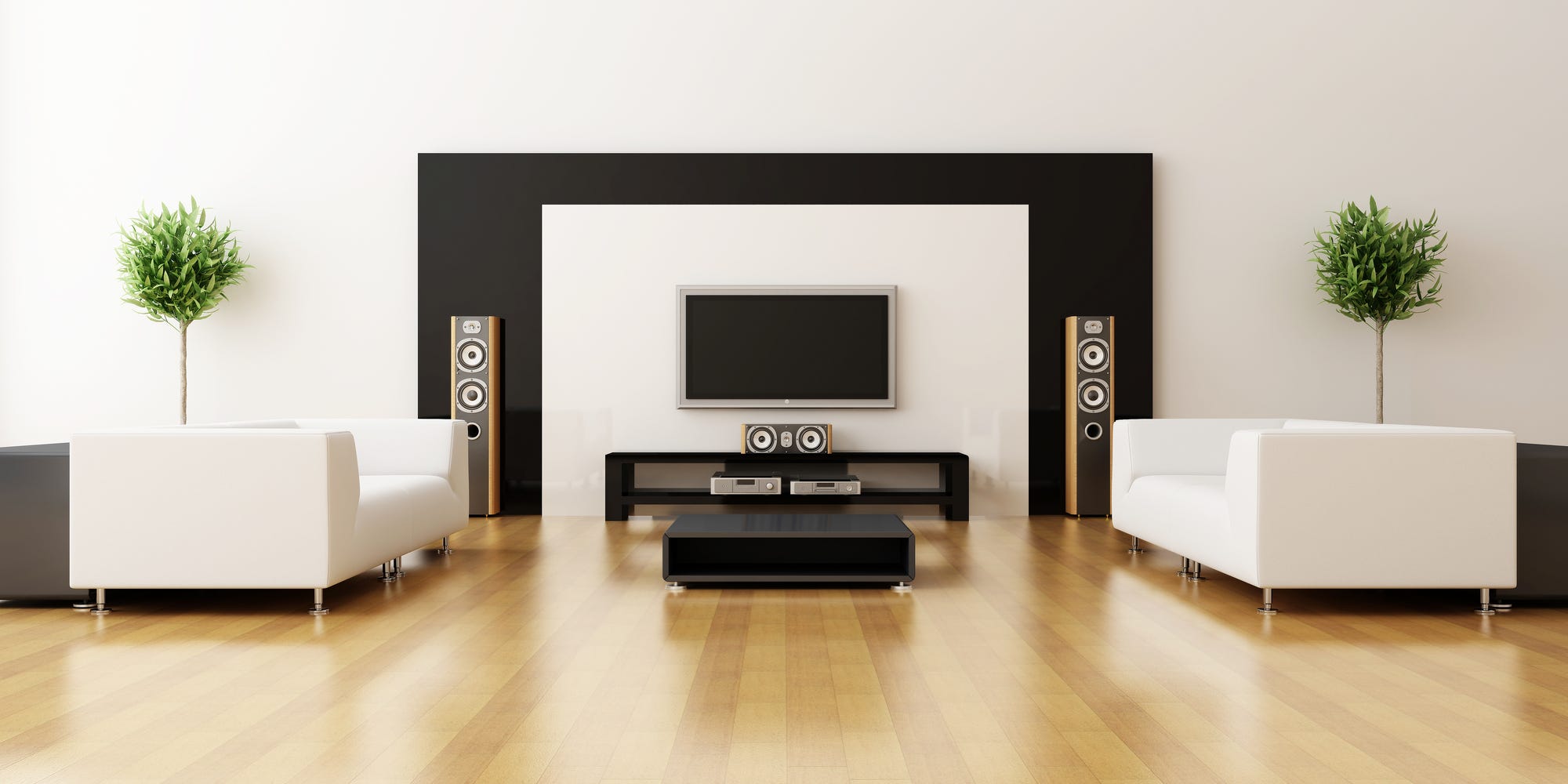
Home theatre systems require a lot of equipment, and a lot of equipment means a lot of cables. You may not think much about cables, but they are a key component to a home theatre system, so it's important to get cabling right. No one wants to spend hundreds of dollars on expensive gear to have the quality be compromised from poor cabling. Here are 5 tips to wiring a home theatre system to make sure you get the most out of your gear:
1. Get the right speaker cables
It is important to choose the appropriate gauge for your speaker cables based on the length and resistance needed for your system. Thinner gauge cables are suitable for shorter distances, while longer runs require cables with low resistance to maintain quality. The type of material and cross-sectional area of the wire can also affect resistance. It is important to consider these factors and to be aware of manufacturer terminology when selecting the right gauge for your cables.
2. Get the right HDMI cable
To ensure that your HDMI cable meets your needs, it's important to consider its capabilities. In the past, "HD" simply referred to high definition, but with the advent of 4K technology, you'll want to make sure your HDMI cable can handle it. In addition to this, newer HDMI cables may have ethernet channel and 3D capabilities, so be sure to check for these labels before making a purchase.
It's important to consider the future when choosing a HDMI cable, especially if you're investing in a high quality one. Even if you don't have a 4K TV currently, technology is constantly improving and it's worth considering if you'll want to upgrade in the future. Similarly, 3D gaming is gaining popularity, so it may be worth considering if you want to be able to support that in the future. It's a good idea to think of your cables as an investment in your tech, rather than just a one-time purchase.
3. Make sure speakers are connected in phase
To connect your speakers in phase, you need to ensure that the positive wires are connected to the positive ports and the negative wires are connected to the negative ports, including the receiver. If everything is properly connected, your speakers will be additive, which is good. However, if one of the connections is incorrect, your system will be subtractive, which can affect the frequencies of your speakers, particularly the bass or higher end frequencies. It is important to take the time to ensure that everything is properly connected, but if you notice any issues later, it is not a major problem and you can simply go back and fix the wiring.
4. Make sure your devices are well ventilated
While not directly related to cables, ventilation is worth mentioning, as home theatre systems have a lot of components that produce heat, and most people don't consider this as a danger. It is important to make sure that your home theater devices are well ventilated to prevent overheating, which can harm the electronics and decrease the conductivity and lifespan of cables. Make sure to leave plenty of space around frequently used devices, such as AV receivers, and avoid storing them in a closed cabinet.
5. Plan your distances before buying
It's important to consider the length of the cable when choosing the right one for your needs. For short distances, thinner gauge cables can be used, but longer runs may require cables with low resistance to ensure proper performance. It's important to plan your layout carefully and minimize the distance between devices to make the most of your investment in higher quality cables. Passive HDMI cables can transmit signals up to 25 feet without loss of quality, while active HDMI cables can reach up to 100 feet. Audio cables typically have a range of about 10-15 feet before experiencing a drop in quality.






